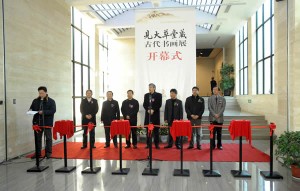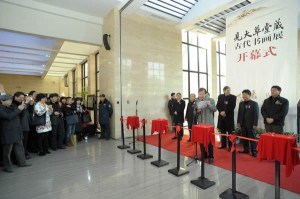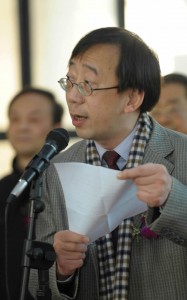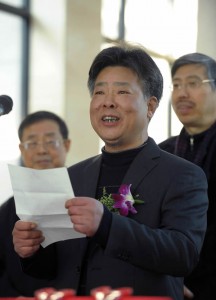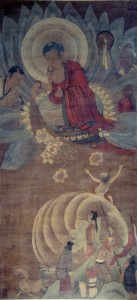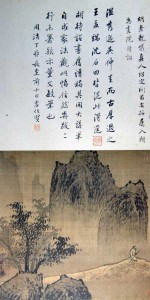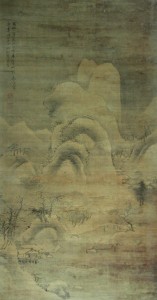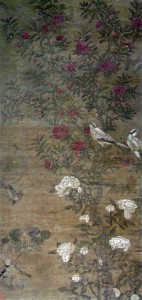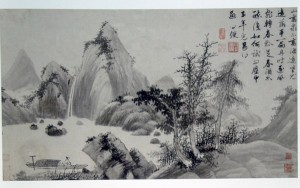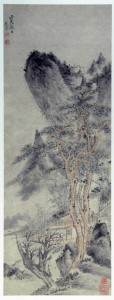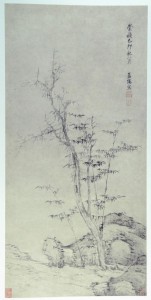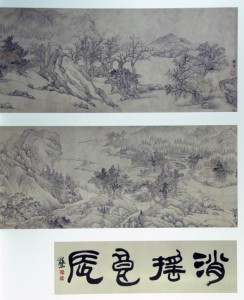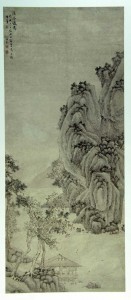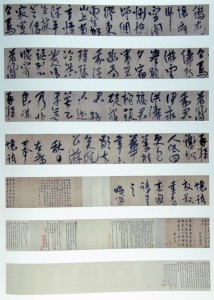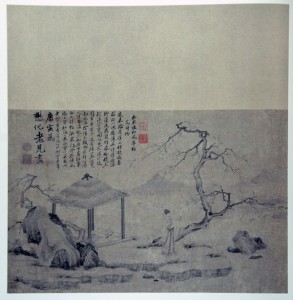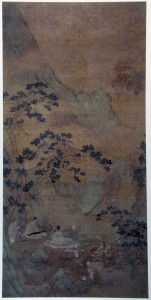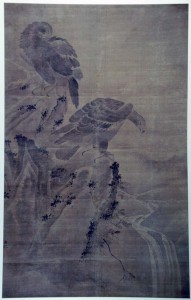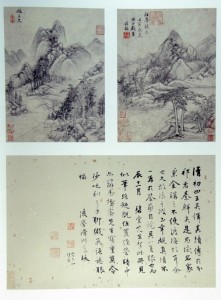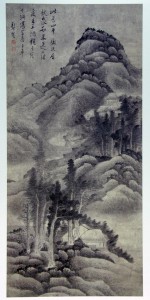Zhejiang Folk Museum Collections into the special exhibition series of eleven “Seeing Cottage ancient Tibetan art exhibition” opened today in Zhejiang Museum Museum Gushan District (West Museum of Art). This exhibition has the Zhejiang Provincial Museum, organized in association with Cixi see large cottage. The exhibition from December 23, 2014 to March 8, 2015.
In ancient Chinese artifacts, painting is the most Chinese characteristics. Painting before the text appears on the wall, pottery and other hard carrier, and the prototype of the world’s other civilizations have in common. When the Chinese people invented the soft, cheap, when appropriate for writing paper, writing instruments combined with a soft brush to use, Chinese calligraphy and painting their own unique expression toward development. The first is interlinked painting, calligraphy is more important than painting. Text become art in the world, is unique in the history of art, and Oracle, Jin, Seal, official script, regular script, running script, cursive, and other manifestations. Because writing and painting are the same kind of tools – brush, so calligraphers can draw a few strokes, whereas the painter may not be able to write a good hand. Therefore, the ancient Chinese painting is called “write”, painting landscapes called “impressionistic” painting flowers and birds called “painting.” Second, Chinese brush painting is a conquer the world, in the hands of calligraphy brush handy weapon like generals, outlines, cracked rub to do anything, so pay attention to the words on the aesthetic, and Western painting pay attention to color, light and shadow starker . Furthermore, although the Chinese painting “division of good fortune,” but more attention to “the heart of the source,” wrote “the chest of Vals,” wrote things without analogue, is recycling things, to express the inner world of the creator’s understanding of beauty with Western painting realistic performance method different creature. Especially after the rise of literati painting, drawing more toward poetry, books, paintings, both the United States and India developed than Western painting more cultural meaning. Chinese painting for Korean and Japanese painting great influence, especially in Japan, painting minute “painting” and “painting”, painted but secular art, such as “ukiyo-e”; painting is a high art, a painting by the Chinese culture and Zhe academy’s influence on Japanese painting to a higher level had a profound impact.
Ancient Chinese painting has always been valued by the public and private Guicang standard as early as the Tang Dynasty, there’s Zhang Yan Yuan “art history in mind,” explained the development of the theory of painting and drawing, as well as relevant forensic, mounting, and other aspects of the collection, knowledge, history, etc. . Song of “Vision and book spectrum” and “Vision and Hua Pu” and “picture horizons Chi”, the Yuan Dynasty, “Kerry Yutang words,” Ming Dynasty “Anthozoa” Qing Dynasty in the House “Shiqu Baoji” and “Summer Village “and other private and public conduct Guicang cataloging, and appreciation of painting and raised guidance. These treatises not only left a collection of research and development experience of the track and painting, but also allow future generations to see these cultural treasures and everything is doom and few were increasingly scarce. According to the early 1960s, the identification of painting everyone Heng Zhang’s “ancient paintings of doom and lucky.” Article summarized from the Emperor “a set Mige to gather books” to the Republic of China two thousand years, the ancient Chinese painting and calligraphy suffered a Xiandi westward, Xiao Yi Liang Yuandi self-immolation, the Emperor with the paintings of East Yangzhou capsize, Rebellion Five BingXian and disaster, the Song perish, the Ming Dynasty, in 1860 and 1900 British and French troops looted the Boxer Rebellion, Fu meter painting masterpieces such as eviction theft catastrophe that retained the world increasingly rare ancient paintings. After the founding of New China, the country of purchase and collection and the “Cultural Revolution baptism”, folk painting name remaining tracks and even fewer.
Mr. Huang Bolin, see large cottage owner, from a brand new Phoenix bicycles in exchange for starting a character scrolls 张任伯 year, he obsessed on the ancient Chinese painting and calligraphy, and the soul is very special, not only is the modern painting in the auction market fired wind and water on the occasion, also unmoved, always looking for increasingly scarce ancient paintings. Because imitation ancient ancient paintings, but also by the public and private Guicang, diaspora in the community rarely ancient paintings and mixed, can imagine the difficulty of its collection, of course, is its charm. Seeing the possession of ancient paintings Cottage appreciation references are very rich, Mr. Huang Bolin membership in order to have a careful reading of each one passed, ancient paintings, carefully verify, from ancient paintings for hidden beams seek for rice, metamorphosis to become proficient in research Kam possession of everyone. After gathering all over the world for nearly three decades, Mr. Huang Bolin’s collection has taken shape, Guicang Tang Zhiqing generation 300 pieces of ancient paintings, fine name trace since needless to say, some even for surviving solitary. A time when the Zhejiang Provincial Museum Folk Museum Collections walked tenth anniversary, the extraction of its possession of more than 140 pieces of ancient paintings, in the Zhejiang Provincial Museum Gushan District Hall West Art Museum, displaying its collection of professional and sophisticated, with a view Research on the painting collectors benefit. This is the Zhejiang Provincial Museum “Zhejiang Folk Museum Collections into the special exhibition series,” the eleven, is the first ancient painting and calligraphy exhibition held in cooperation with the private collections of collectors. Through this exhibition, we believe that for the protection, research, carry forward the fine cultural heritage of the Chinese nation, mining folk resources, will play a positive role.
Zhejiang Provincial Museum curator speech
Seeing the cottage owner Mr. Huang Bolin speech
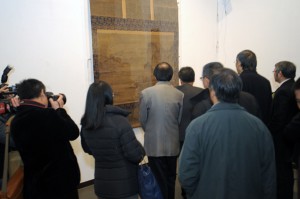
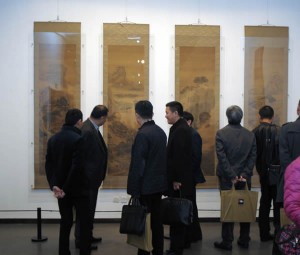
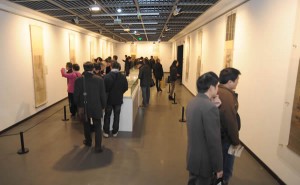
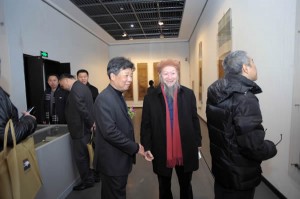
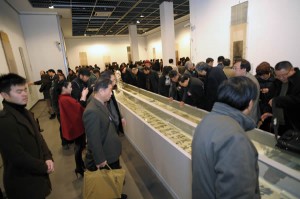
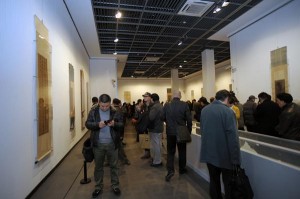
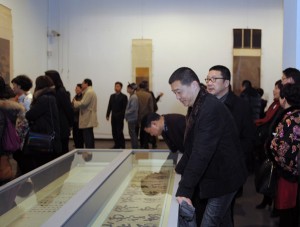
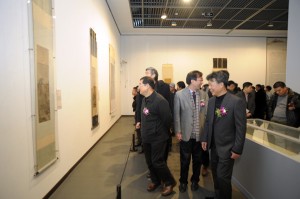
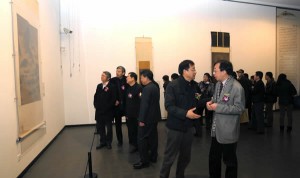
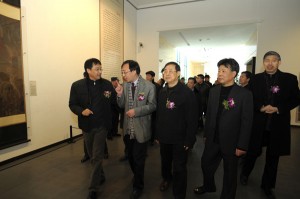
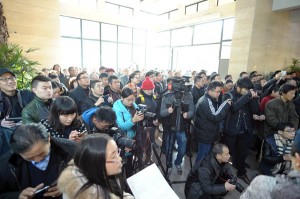
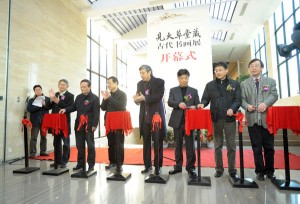
Part of the collection of election
Xin Cheng of the Tang Dynasty (Biography)
Huyan Long Song
Cheng Ho Ming Dynasty
Shan Yin Ming Dynasty
Yao Shou Ming Dynasty
Zhao Ming Dynasty left
The Ming Cheng Jiasui
Solemn Ming Dynasty
Zhang Ming Dynasty
Song Zhu Xi
Yin Ming Dynasty
Qiu Ying Ming Dynasty
Lü Ji Ming Dynasty
Xu Wei Ming Dynasty
Qing Wang Shimin
Qing Gong Xian

